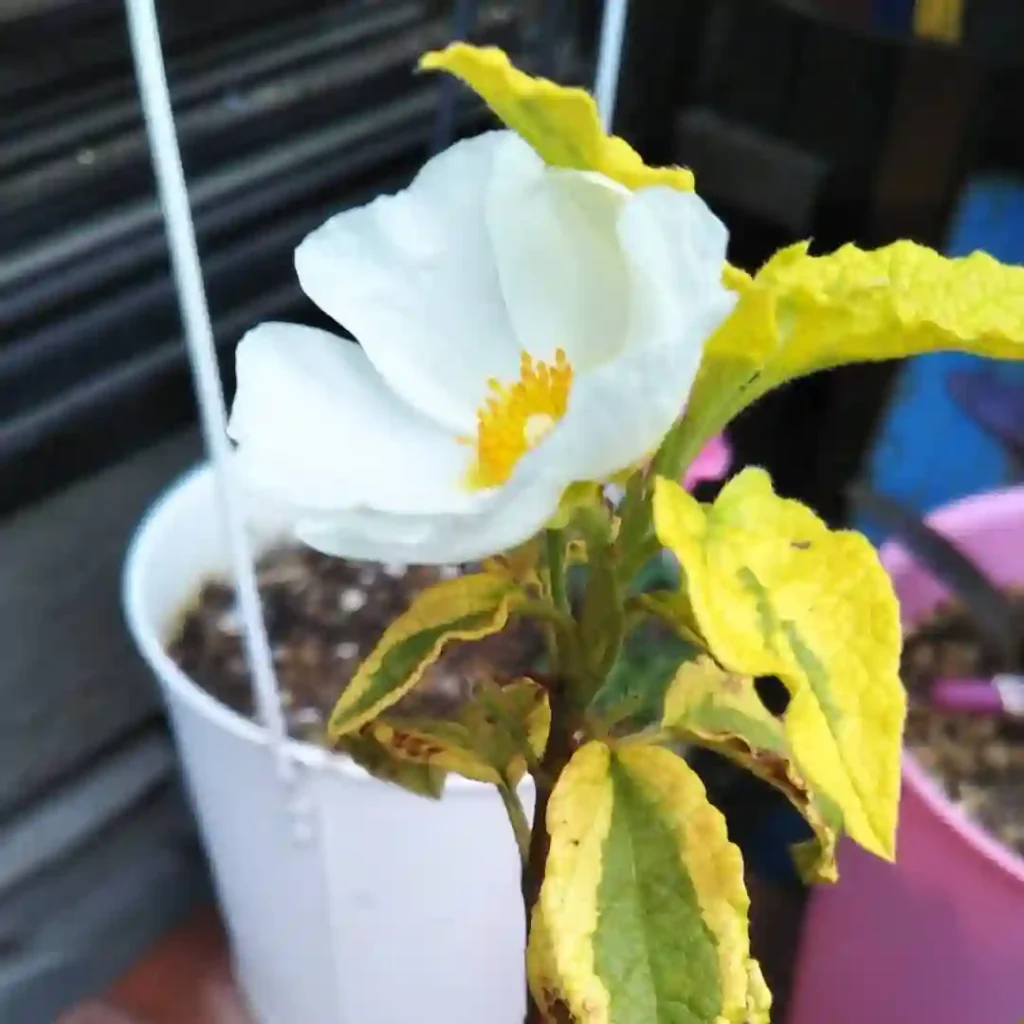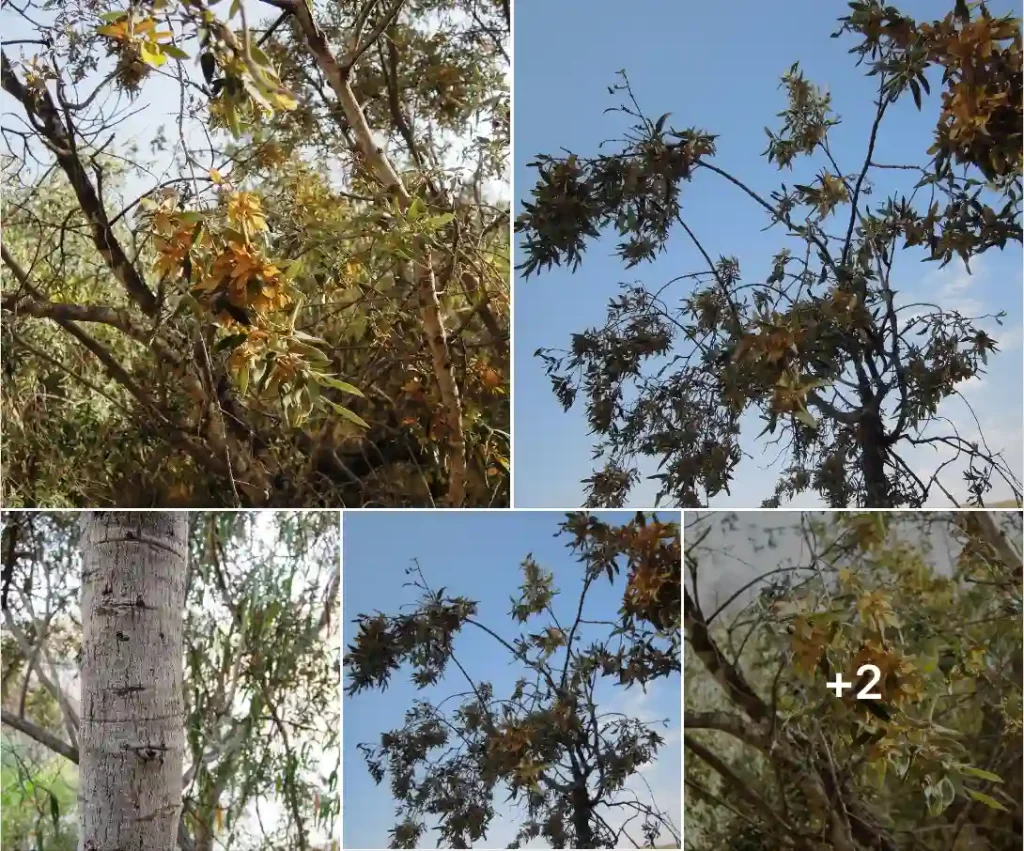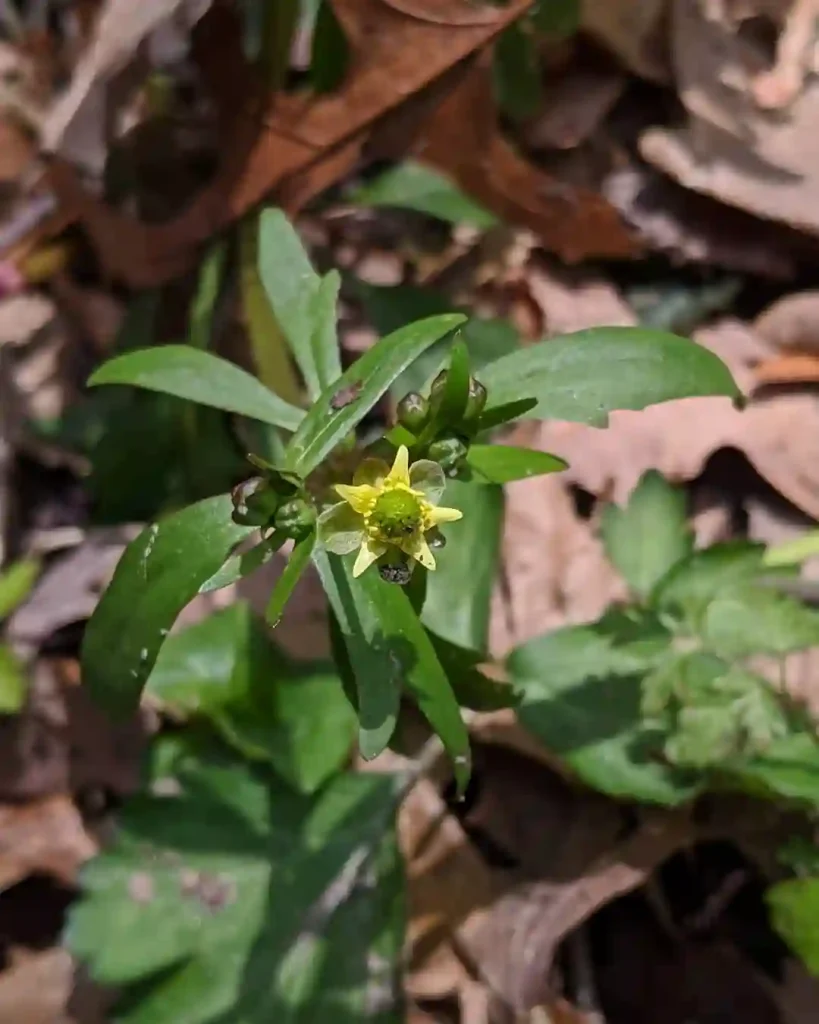FAQs About Araucaria Cunninghamii
As a plant enthusiast, I’ve often found myself fascinated by unique species, and Araucaria Cunninghamii stands out as one of my favorites. This stunning conifer, commonly known as the Hoop Pine, has captured my interest not only for its beauty but also for its intriguing characteristics. Here, I’ll address some frequently asked questions about this remarkable tree.
20 Species in Genus Araucaria
Where Are Araucaria Cunninghamii Found?
Araucaria Cunninghamii is native to Australia and New Guinea. In Australia, it predominantly grows in the subtropical rainforests of Queensland and New South Wales. I love exploring these regions, where the tree thrives in well-drained, fertile soils, often along riverbanks or in forested areas. Its natural habitat provides a glimpse into the lush ecosystems where this species flourishes, making it a joy to witness in its native environment.
What Family Does Araucaria Cunninghamii Belong To?
Araucaria Cunninghamii belongs to the Araucariaceae family, a group of conifers that includes other fascinating species. This family is known for its unique growth patterns and impressive size. When I first learned about its family background, it deepened my appreciation for the diverse relationships among plant species. Each member of the Araucariaceae family has distinct characteristics, making them stand out in the botanical world.
Is Araucaria Cunninghamii a Pine?
While Araucaria Cunninghamii resembles some pine species, it is not technically a pine. Instead, it’s classified under the Araucariaceae family, which differentiates it from true pines (Pinaceae family). This distinction is important for anyone interested in the specific care and characteristics of the plant. Understanding this helps in identifying the right care practices, as its needs can vary from those of traditional pine trees.
How to Care for Araucaria Cunninghamii?
Caring for Araucaria Cunninghamii can be quite rewarding. Here are some essential tips I’ve gathered over the years:
- Light Requirements: This tree thrives in full sun to partial shade. I’ve noticed that when planted in too much shade, its growth can become leggy.
- Watering: Regular watering is crucial, especially in the initial stages. I recommend keeping the soil consistently moist but not soggy. Overwatering can lead to root rot, which I’ve encountered before.
- Soil Type: Well-drained, sandy loam is ideal. I’ve found that adding organic matter can help improve soil drainage and fertility.
- Temperature: Araucaria Cunninghamii prefers mild to warm temperatures. While it can tolerate some frost, prolonged cold conditions may harm the tree.
How to Propagate Araucaria Cunninghamii?
Propagating Araucaria Cunninghamii is a relatively straightforward process. The most effective method is through seed propagation. I’ve had success by following these steps:
- Seed Collection: Collect seeds from mature cones. Make sure they are fully developed.
- Preparation: Soak the seeds in water for 24 hours to enhance germination.
- Planting: Plant the seeds in a well-draining potting mix. Keep them moist and in a warm location.
- Transplanting: Once seedlings are about 10 cm tall, I usually transplant them to larger pots or directly into the garden.
What to Plant With Araucaria Cunninghamii?
Companion planting can enhance the growth of Araucaria Cunninghamii. I’ve found that it pairs well with other native Australian plants, such as Grevillea and Callistemon. These species not only complement its aesthetic but also share similar soil and water needs.
Can You Grow Araucaria Cunninghamii Indoors?
While it is possible to grow Araucaria Cunninghamii indoors, it requires ample space and bright light. I’ve tried growing smaller specimens in large pots, and they can do well if provided with sufficient sunlight and regular care. However, keep in mind that they can outgrow indoor conditions quickly.
Is Araucaria Cunninghamii Toxic?
One of the concerns many have is whether Araucaria Cunninghamii is toxic. Fortunately, this tree is non-toxic to pets and humans, making it a safe choice for gardens and homes. This fact alone makes it a favorable addition to my collection, as I can enjoy its beauty without worrying about any potential hazards.
Benefits of Araucaria Cunninghamii
There are numerous benefits to growing Araucaria Cunninghamii. Its dense foliage provides excellent shade, making it a perfect choice for landscape design. Additionally, the tree’s timber is highly valued for its strength and durability, often used in construction and furniture making.
Common Problems
Despite its resilience, Araucaria Cunninghamii can face some common issues. I’ve noticed that it can be susceptible to pests like aphids and scale insects. Regular monitoring and natural pest control methods can help manage these problems effectively.
Conclusion
Araucaria Cunninghamii is a magnificent tree that brings beauty and value to any garden or landscape. With its unique characteristics and relatively straightforward care requirements, it has become a cherished addition to my collection. Whether you’re a seasoned gardener or a beginner, I hope this guide provides you with valuable insights into this remarkable species.
If i die, water my plants!



